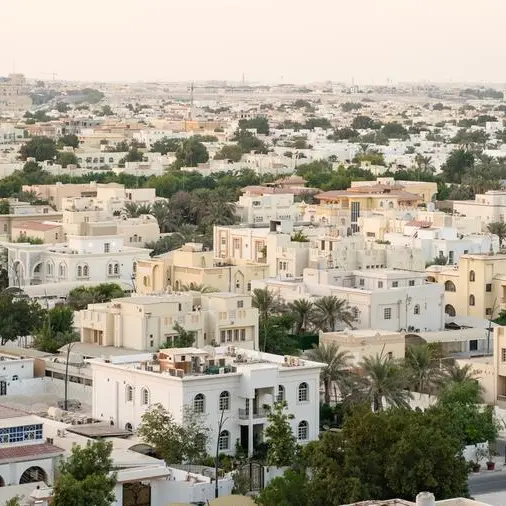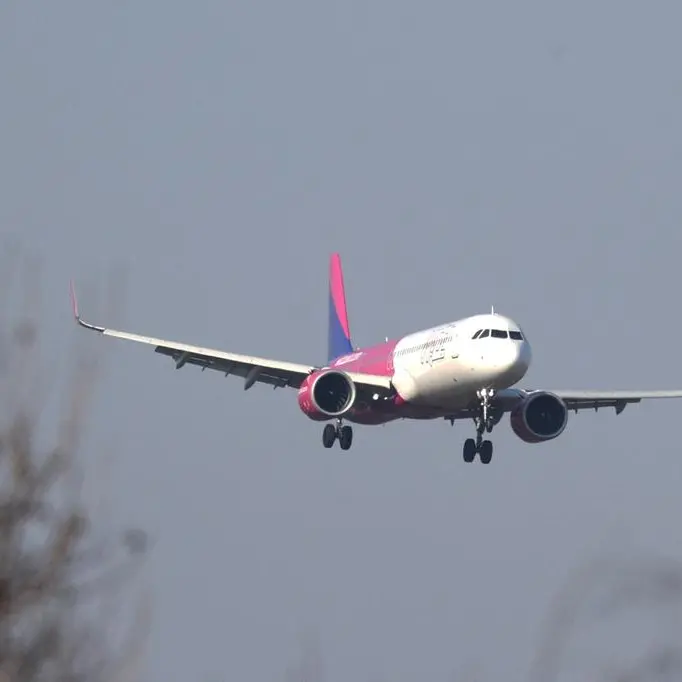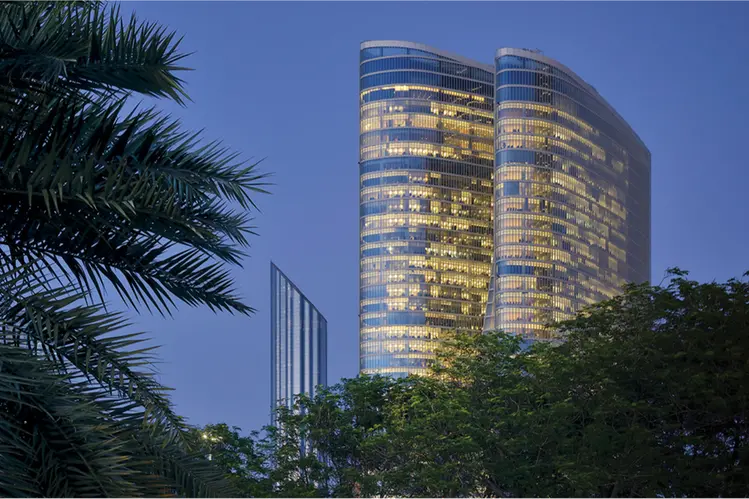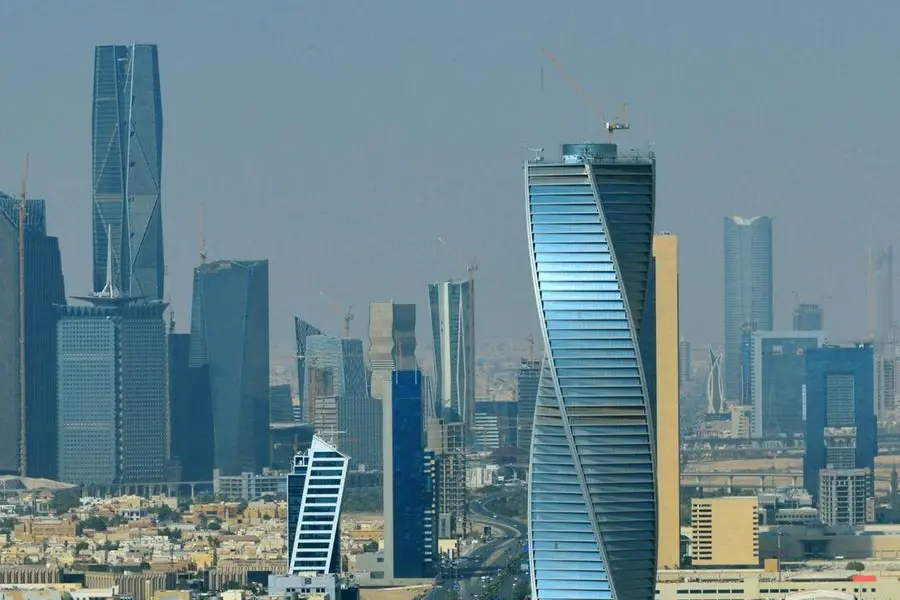Damascus - Syria ranks third in grape production among Arab countries, coming in after Egypt and Morocco and producing 10% of the Arab countries' overall production. Syria also ranks 28th internationally, producing 0.4% of the world's production.
Grape farming began in Syria around 5000 years ago. Currently, grape is produced in all Syria governorates, with Aleppo, Damascus countryside and Daraa governorates producing around 53% of the domestic production, while Suwayda, Homs and Hama governorates produce around 33%.
According to 2008 statistics, 63% of grape production is consumed as fresh fruit, 8% is used for raisins, 12% for molasses, and 17% for drinks.
Syria has over 100 different types of grape, with focus on four particular types that constitute around 85% of grape production.
The General department of Agricultural Scientific Research selected the best and most sought after types of grapes and distributed them among farmers.
In 2008, around 54,714 hectares were used to cultivate grapes, with more than 4.656 million trees, 2.8 million of them productive. Around 3.92 million trees were unirrigated, while around 735,000 were irrigated. Around 281,000 tons of grapes were produced.
Despite being the main livelihood of many farmers, areas planted with vines are decreasing at an annual growth rate of -1.4% for irrigated areas and -3.2% for unirrigated areas since 1995. This is due to the fact that areas previously used for growing grapes are being used for other crops with higher economic yield such as olive and apple. The decrease in rainfall, increase in temperature and various pests also had a negative effect on this crop.
Syrian grape exports amount to 9.076 million tons, 33% of which is exported to Saudi Arabia, with 22.5% exported to the United Arab Emirates, 16.4% to Kuwait, 12.3% to Jordan, 6.4% to Oman, 4.2% to Qatar, and 3.5% to Bahrain. In 2001, exported grapes amounted to USD 25.1 million.
By H. Sabbagh
© SANA (Syria Arab News Agency) 2009




















